Learn more about the 16 different report modules available to you when generating your Functional Health Report.
Learn More About Reports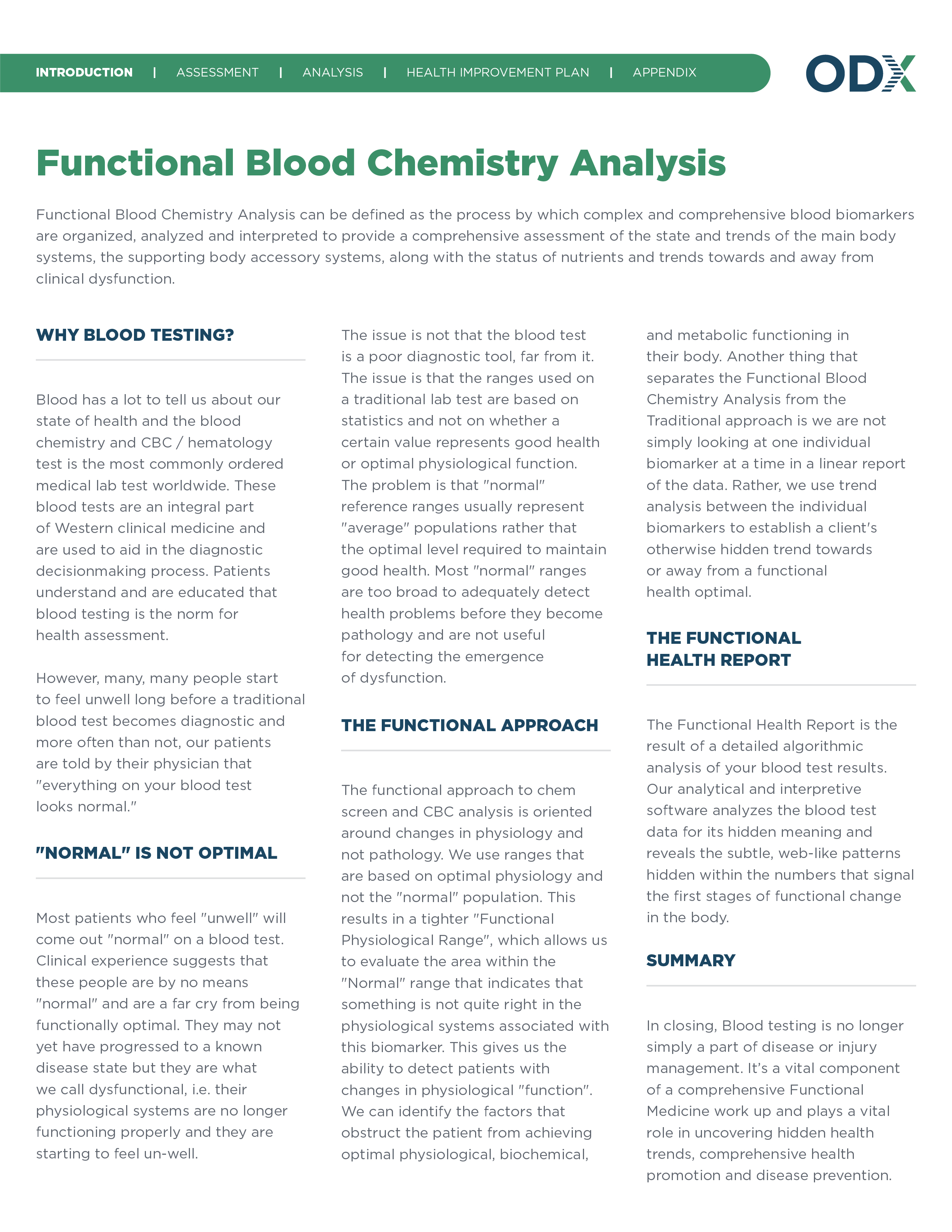
Provide a simple, easy-to-understand overview of the functional approach to blood chemistry analysis to your clients. With the right context, clients will more clearly see the value of their Functional Health Report.
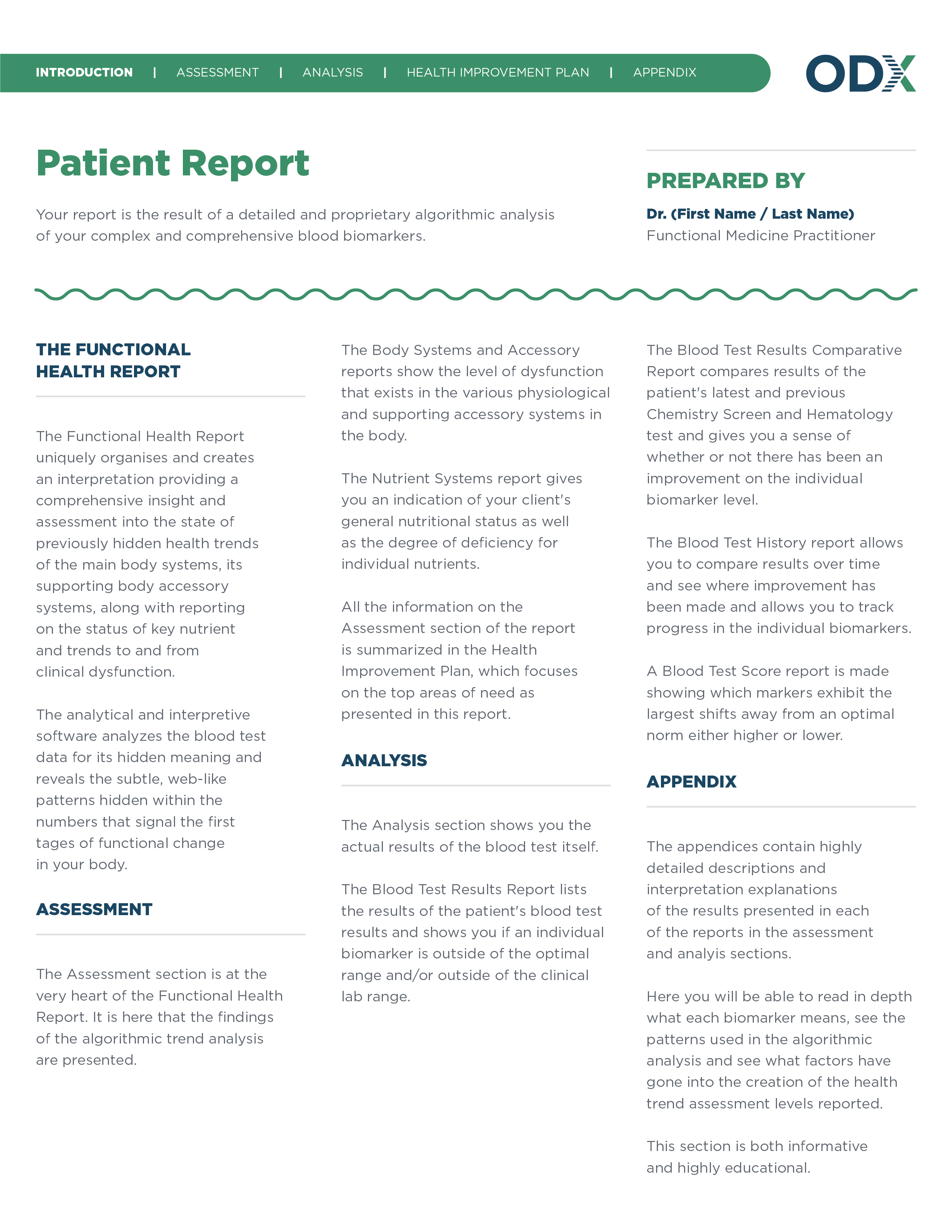
Introduce the modules in the Functional Health Report so your clients can easily interpret and digest the information contained within.
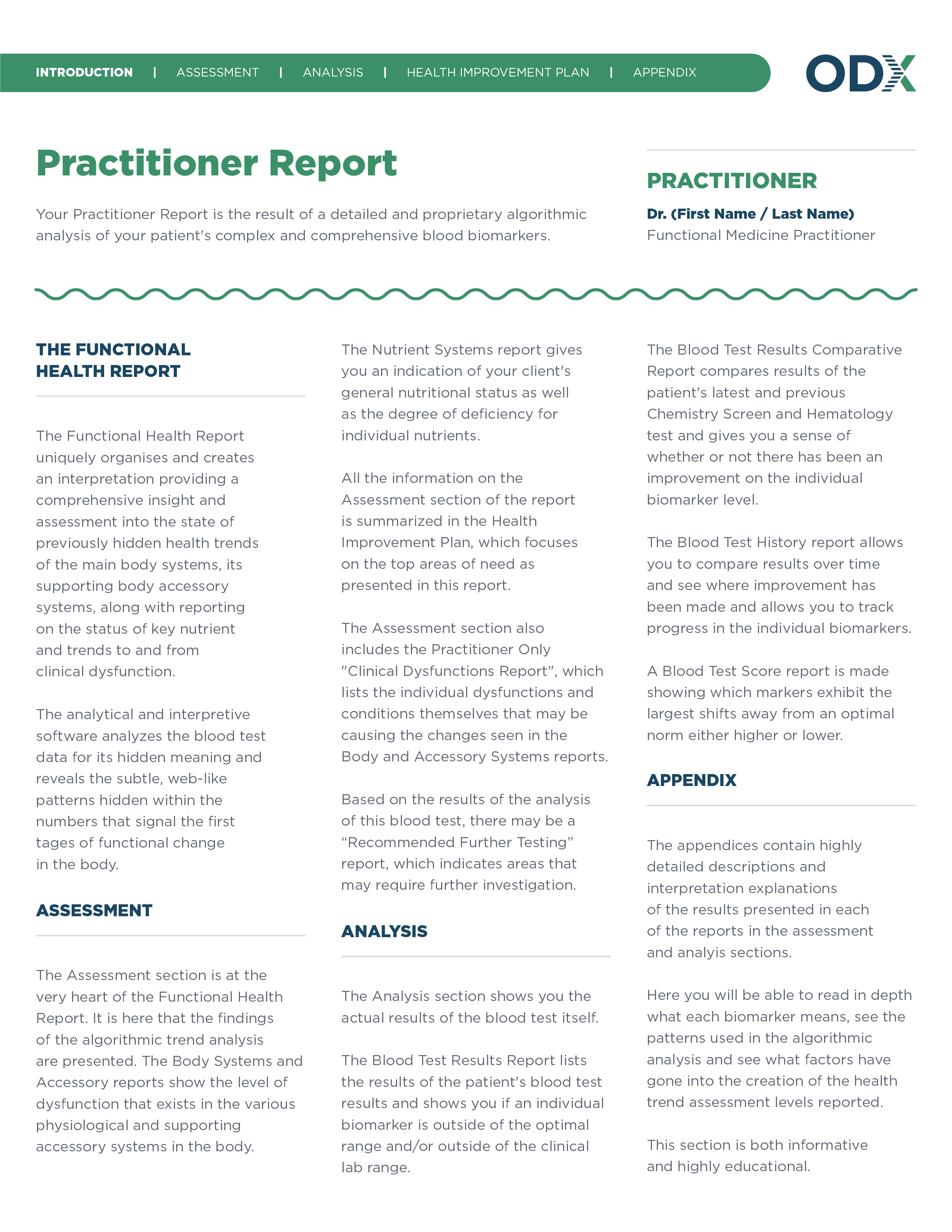
Contextualize the Functional Health Report so that you or other practitioners are equipped with the knowledge to interpret its information.
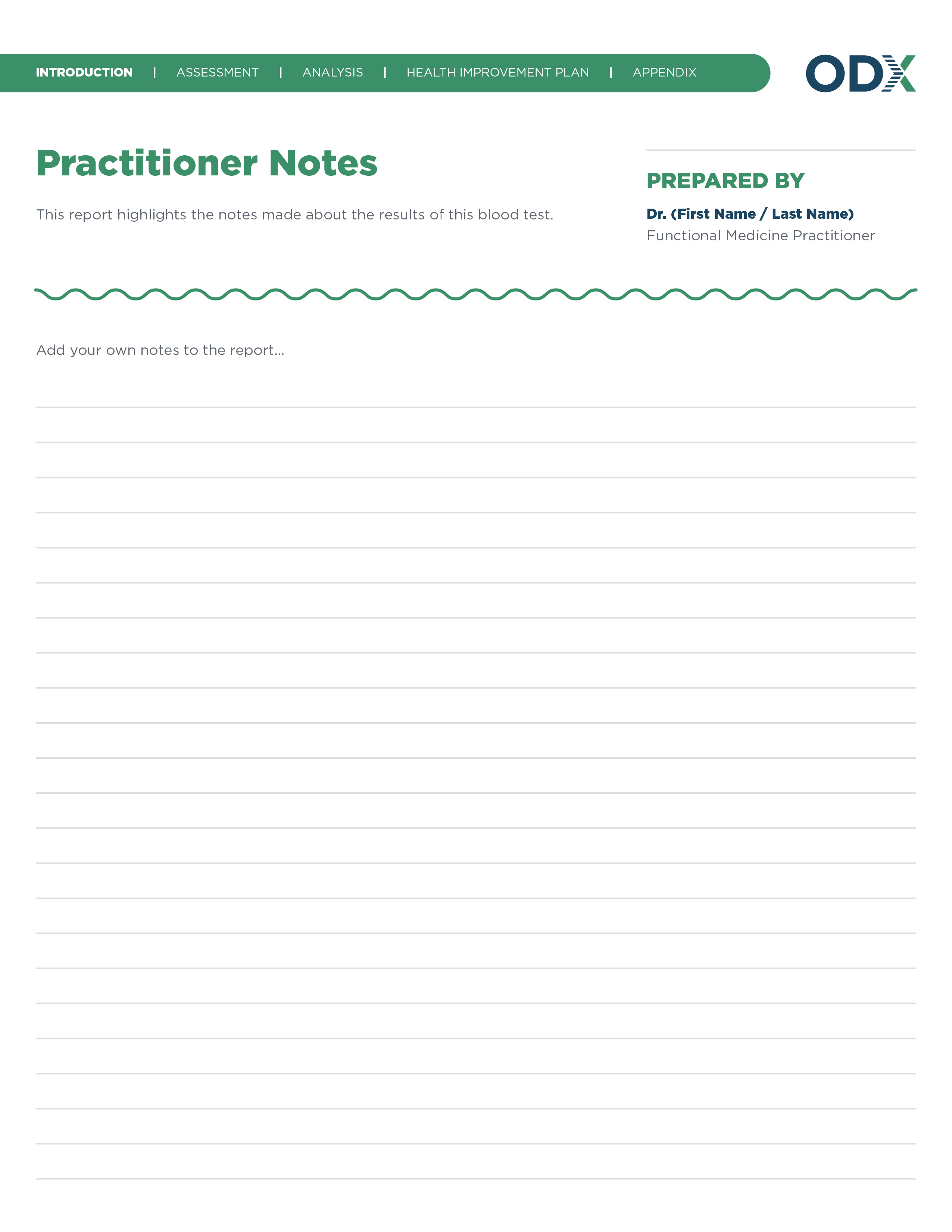
Add your own notes to deliver alongside the Functional Health Report to your clients. You can call out important information, detail your recommendations, explain the report further or add any information you feel is relevant to your clients’ health journey.
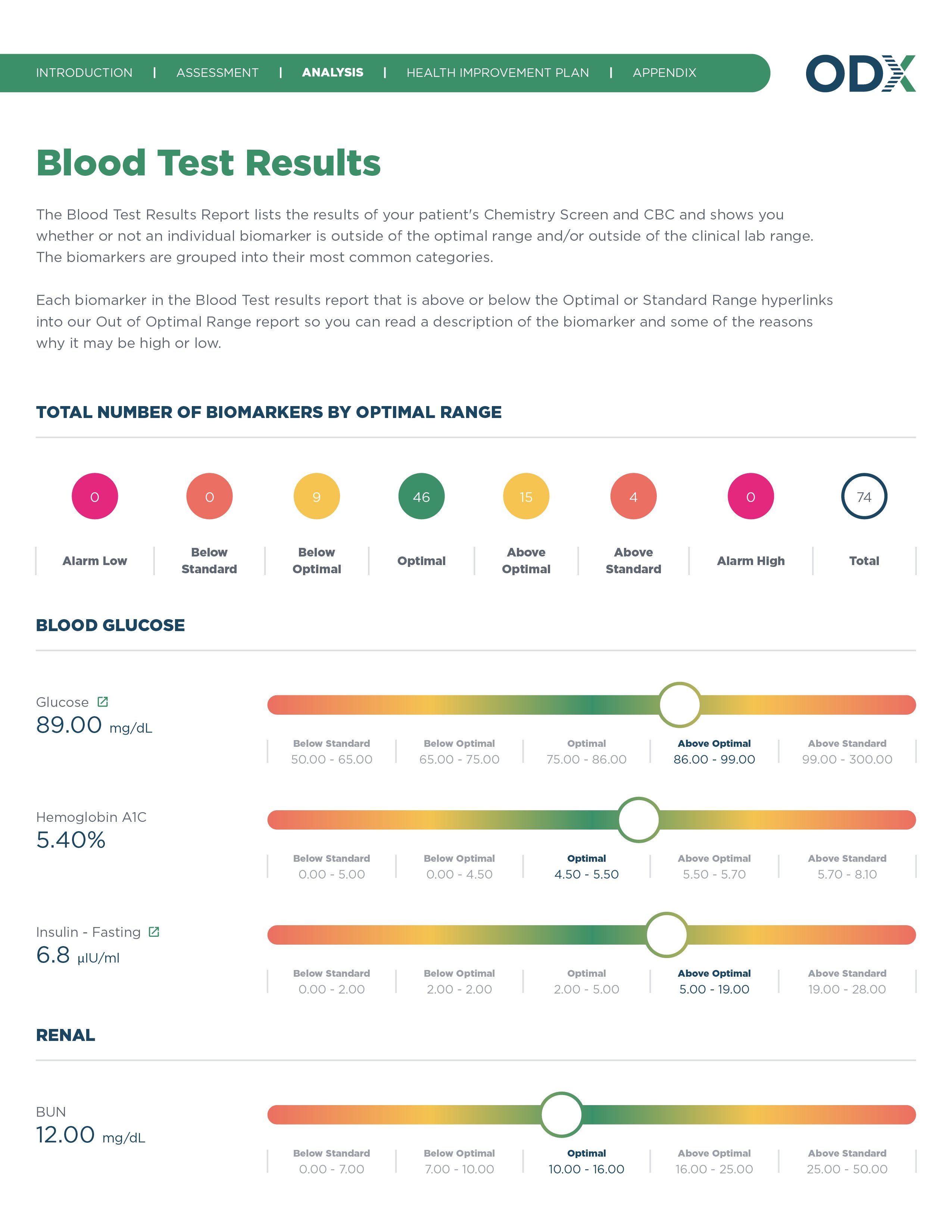
Now that you’ve received your clients’ blood test results, it’s time to review them with a functional lens. This report lists the results of the clients’ tests and whether or not a given biomarker is outside of the optimal range or lab range.
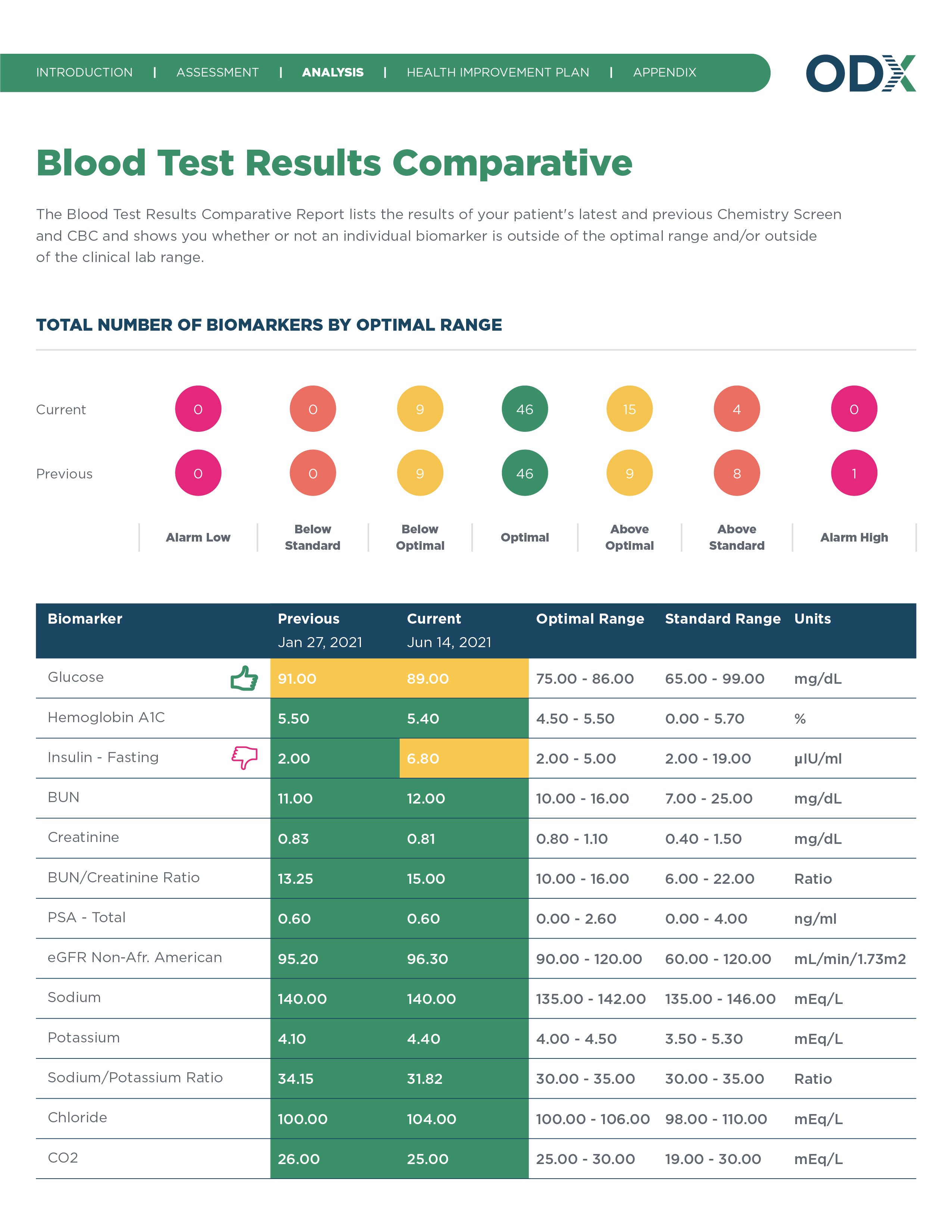
How does a client’s most recent blood biomarker profile compare to a previous one? This report calls out major areas of change between two lab tests.
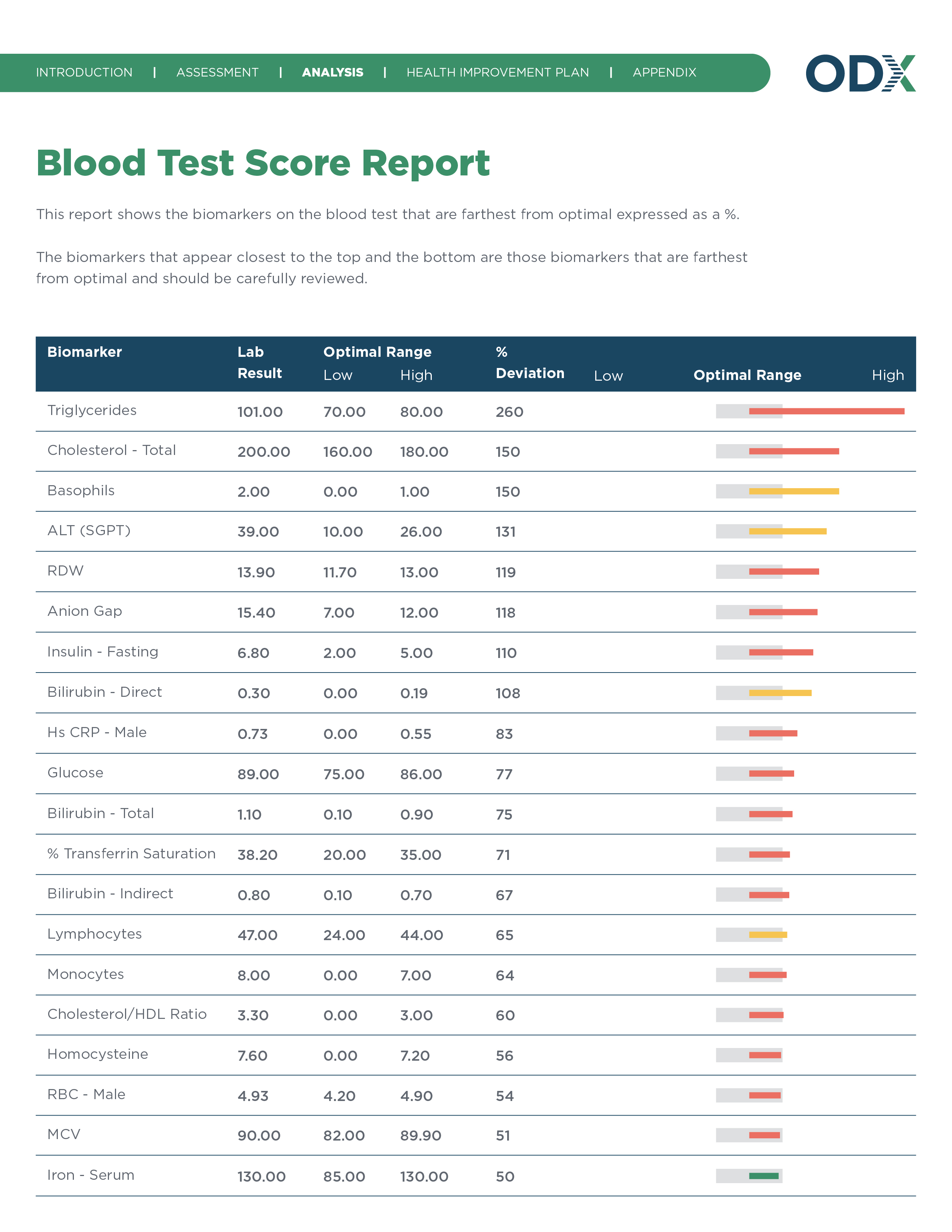
Using this report, you can quickly view which biomarkers scored farthest from the median on your clients’ blood test as expressed as a percentage score.
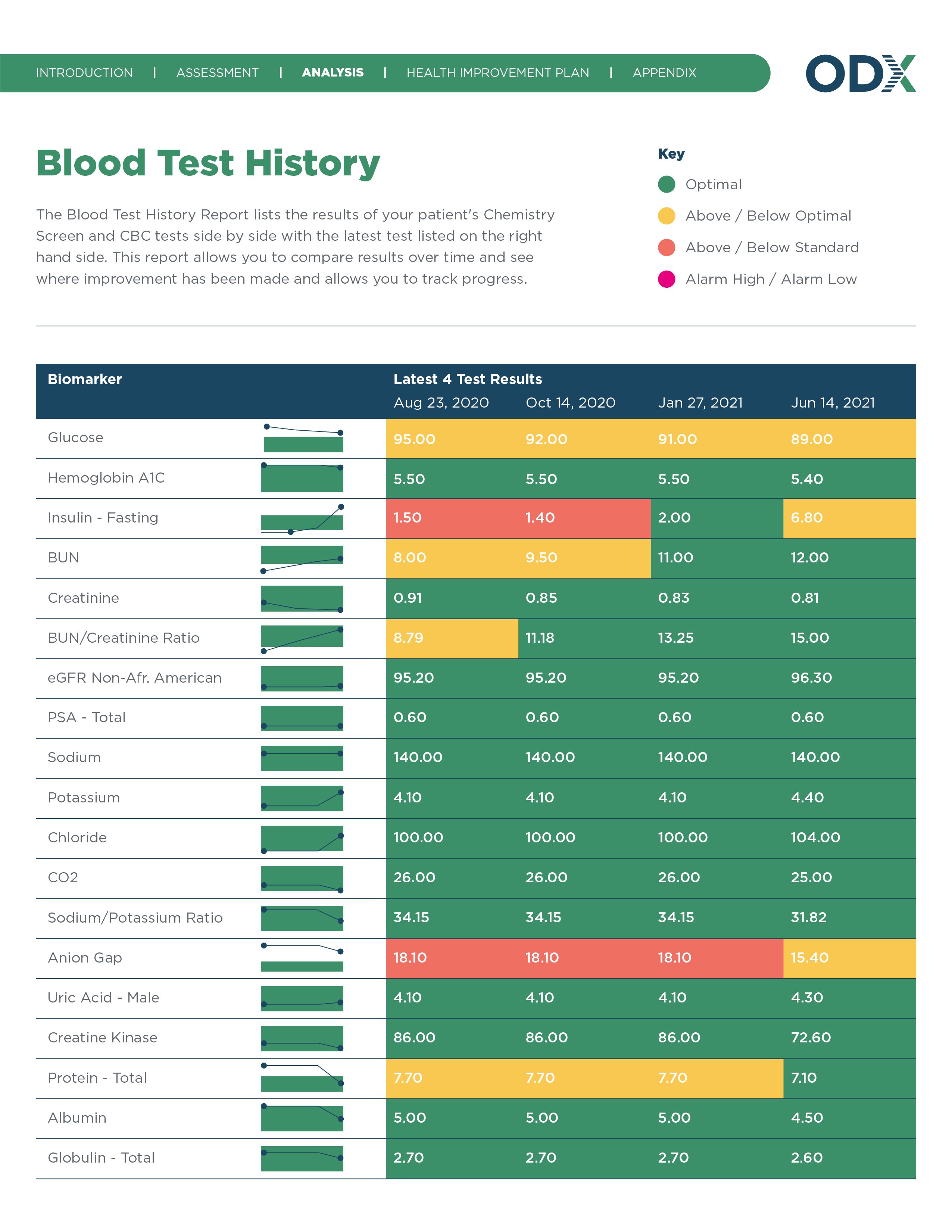
Take a broader view of your clients’ progress over time using the Blood Test History report. This report shows the past 6 blood tests side by side, graphing biomarker change over time
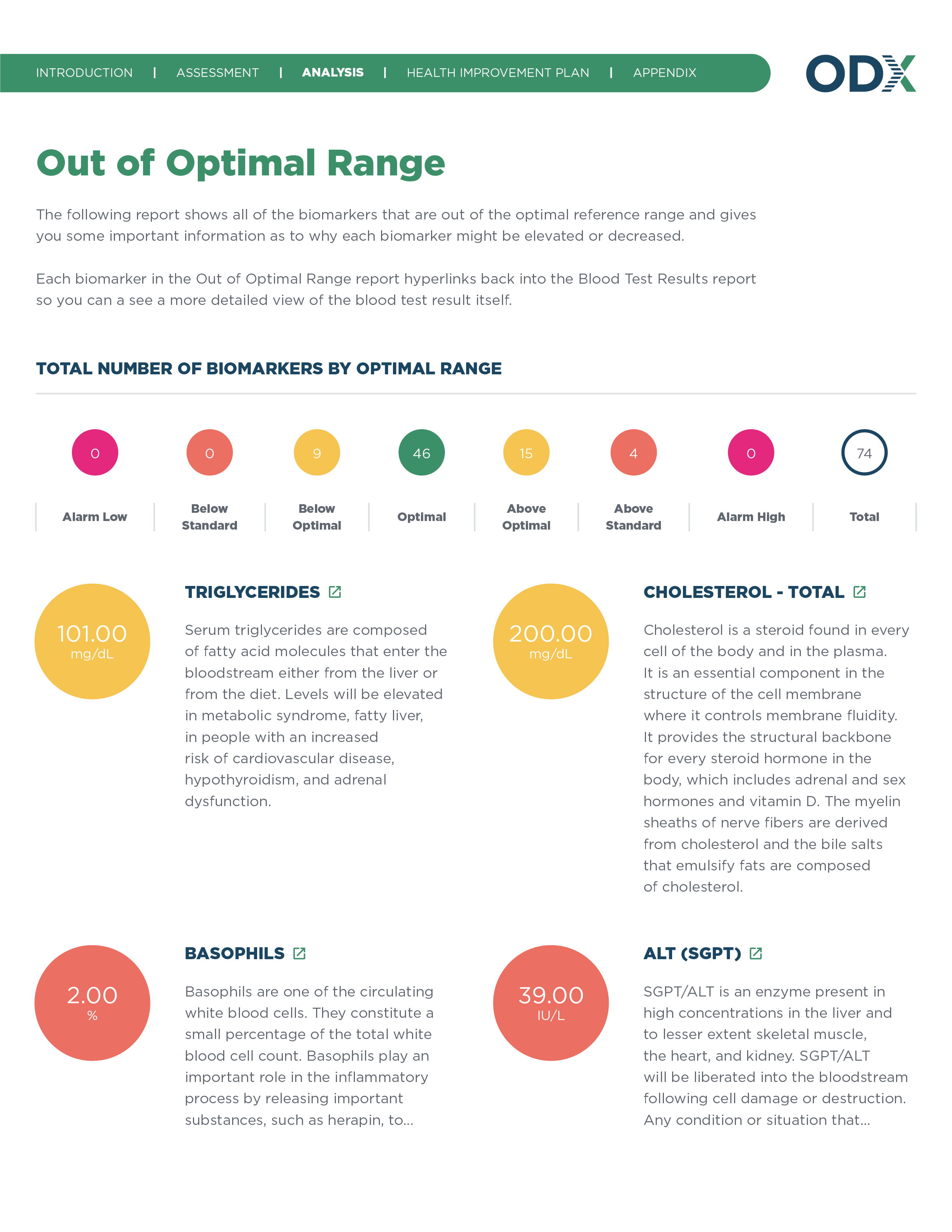
Easily view all of the biomarkers out of their optimal ranges at a glance. Using the Optimal DX Software platform’s built-in functional blood chemistry information, your clients will gain a brief description of why each biomarker might be elevated or decreased.
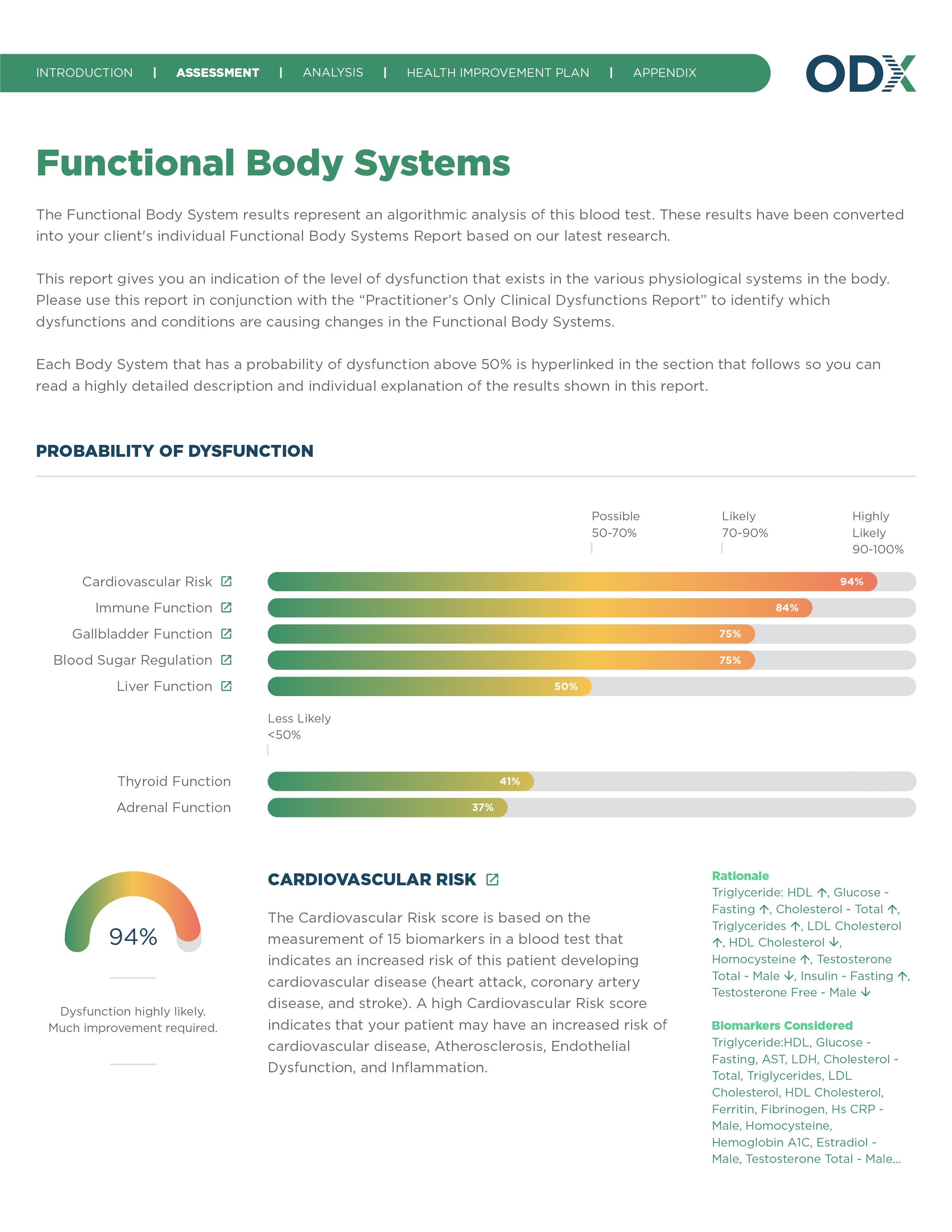
View an algorithmically derived assessment of dysfunction risk for each major functional body system — such as the immune, cardiovascular and others — based on the data from your clients’ latest blood test results.
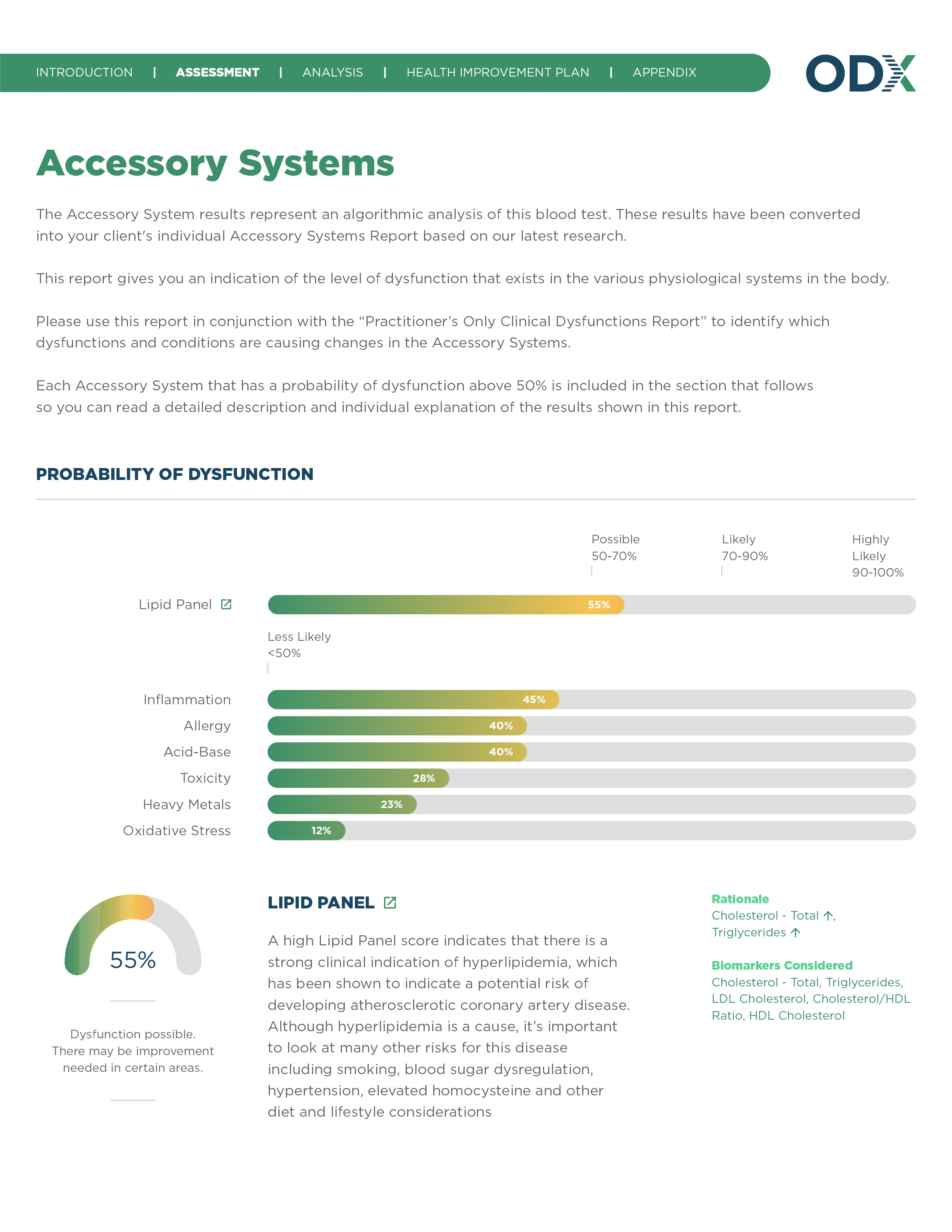
View an algorithmic analysis of the probability of dysfunction for each accessory functional system — such as inflammatory, acid-base and others — based on the data from your clients’ latest blood test results.
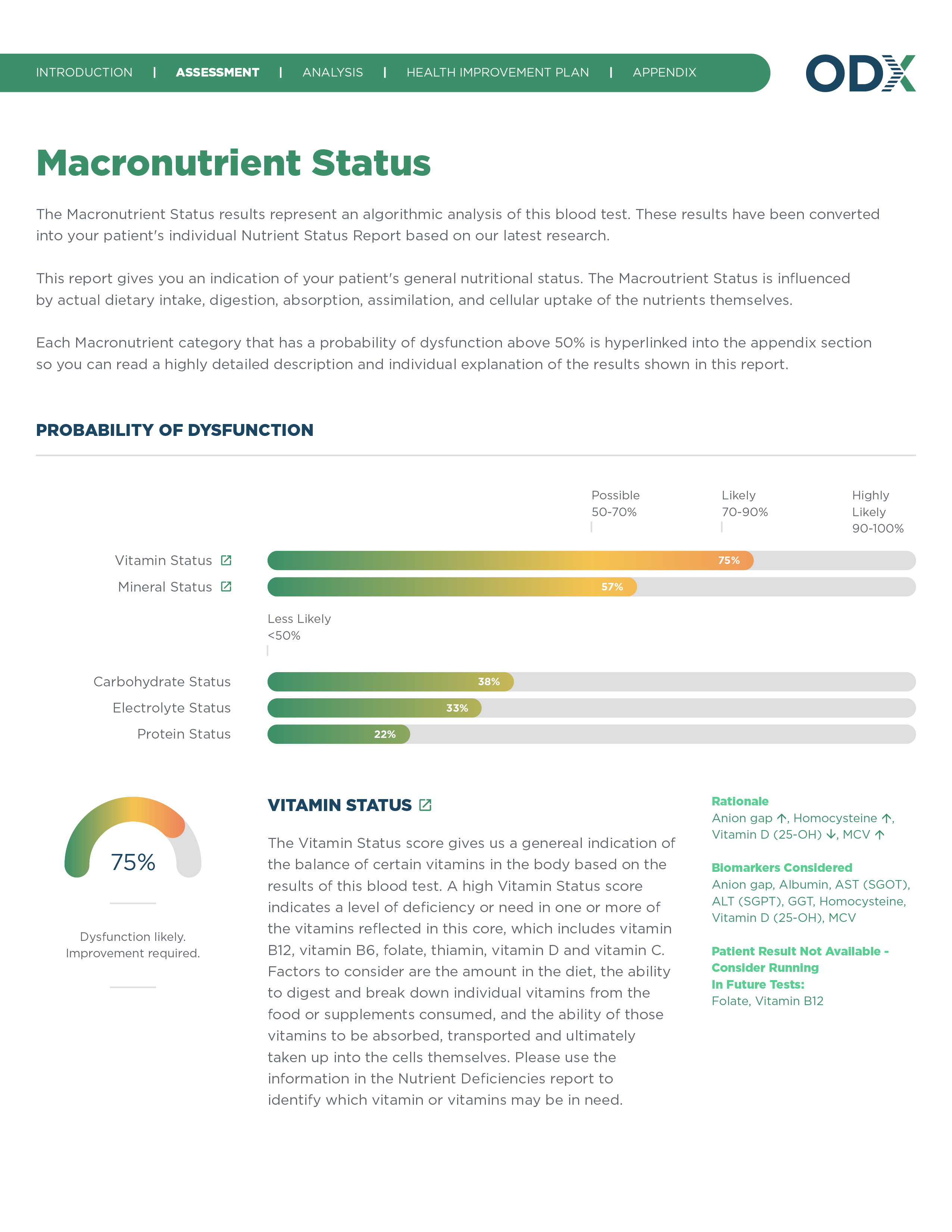
Using the results of your clients’ blood test, see the likelihood of dysfunction based on their overall macronutrient status and their individual dietary domains, like vitamin, mineral and protein intake, digestion, absorption, assimilation and cellular uptake.
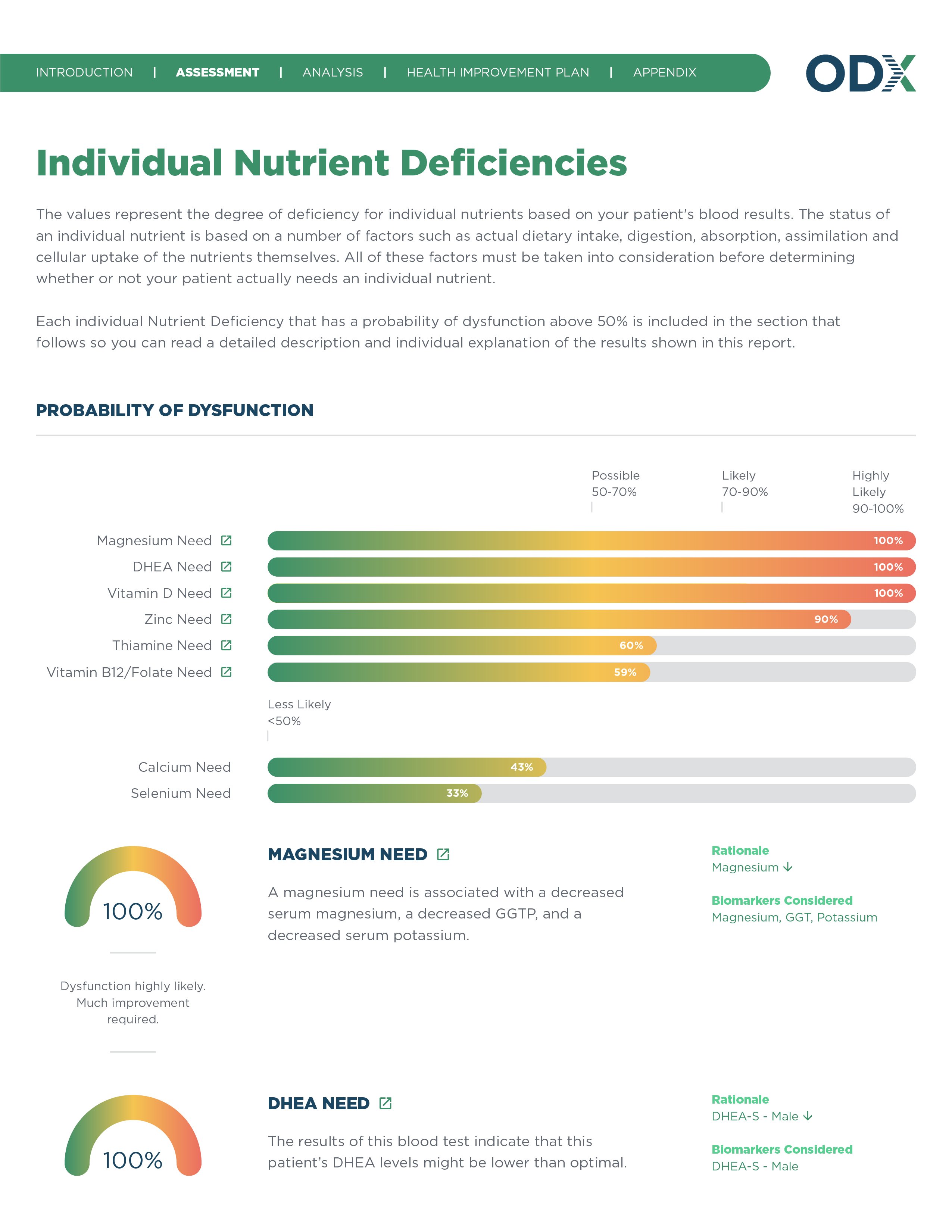
Dive deeper into your clients’ individual nutrient needs to determine whether there is dysfunction related to the intake, digestion, absorption, assimilation and cellular uptake of nutrients based on the blood biomarker levels detected in your clients’ most recent blood test.
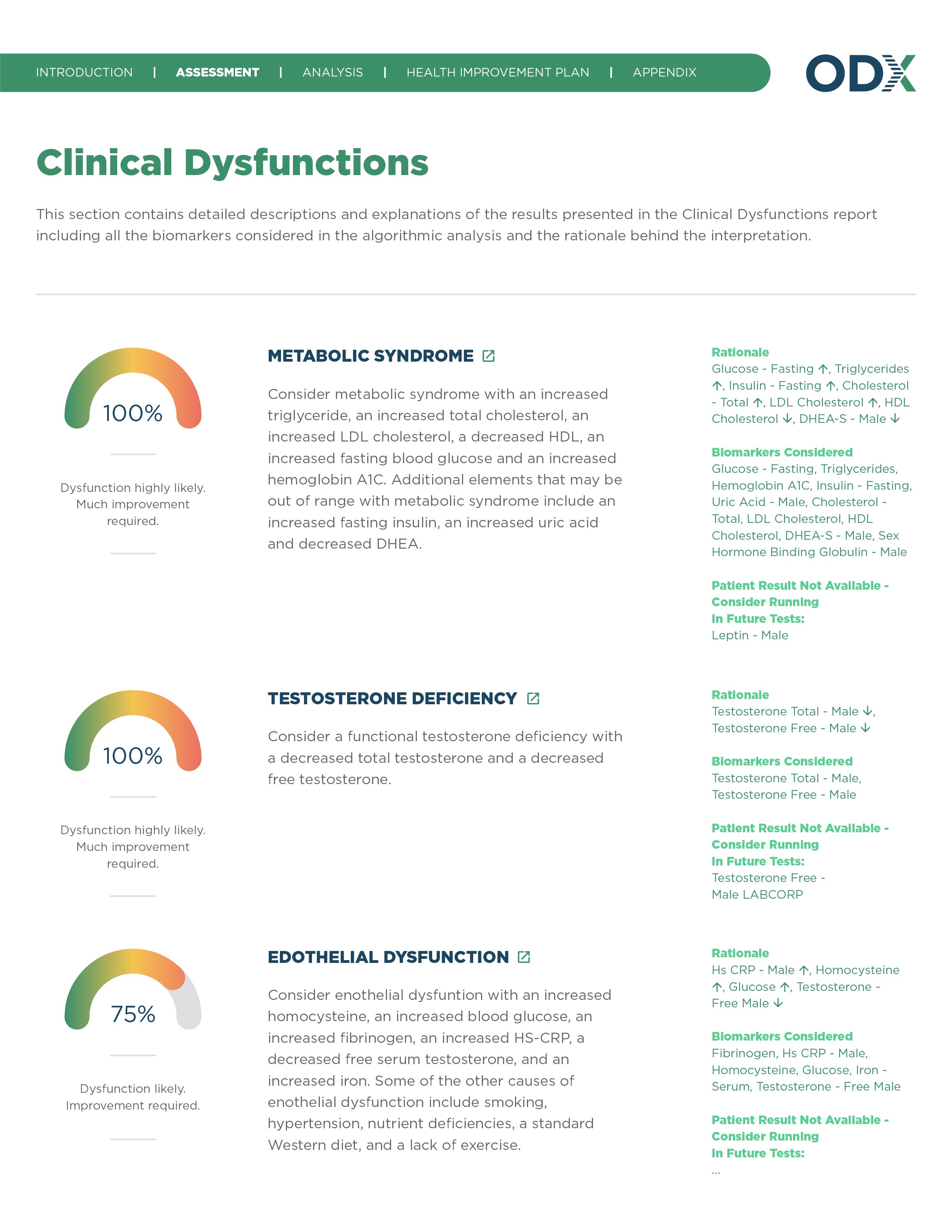
The Clinical Dysfunctions report provides detailed descriptions and explanations of the major areas of concern surfaced by the analysis. It includes all biomarkers involved in the likely dysfunction, the reason why dysfunction is likely with this pattern of biomarkers and recommended future tests.
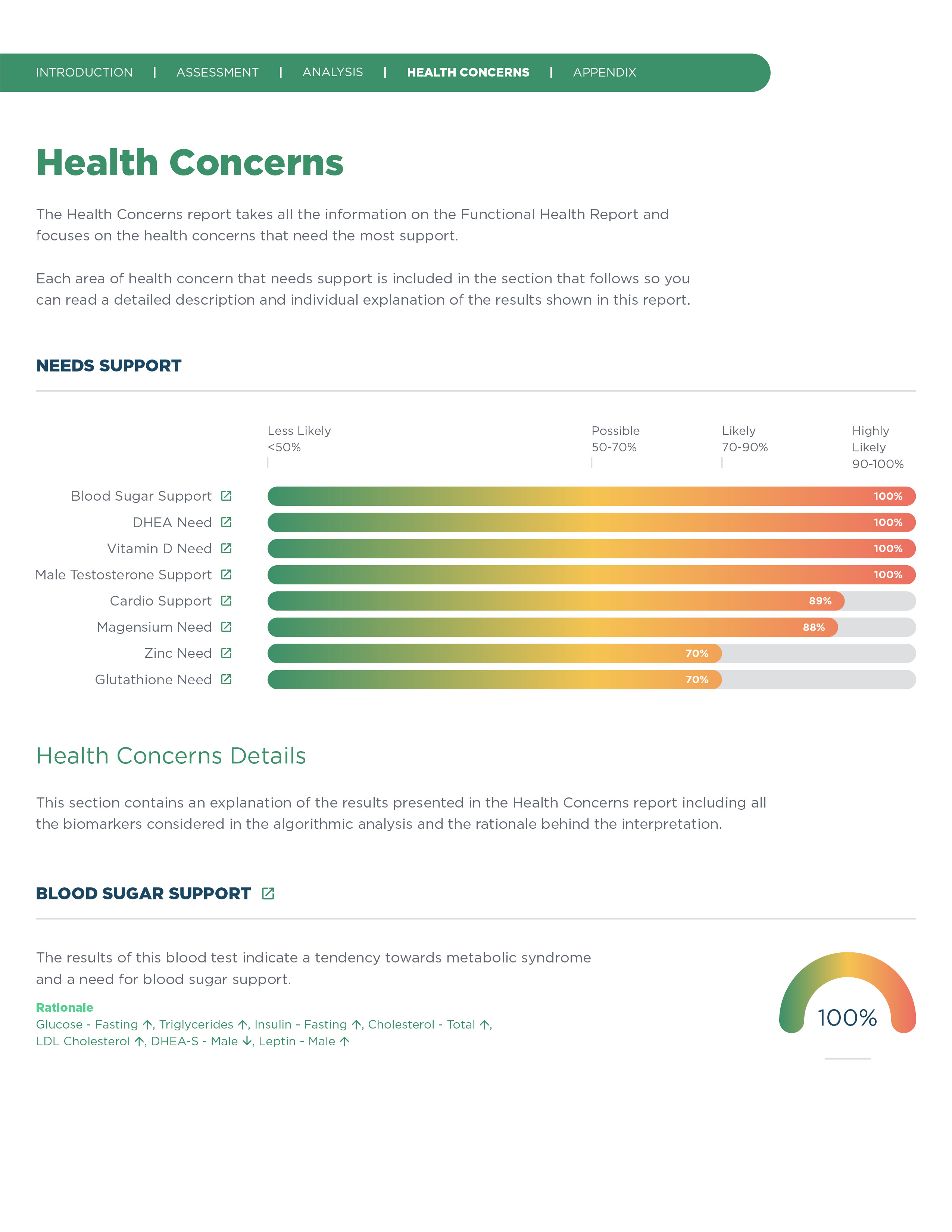
The Health Concerns report gives you an insight into the top areas of concern that need support. Each major area links to a detailed description and individual explanation of why it's an area of concern.
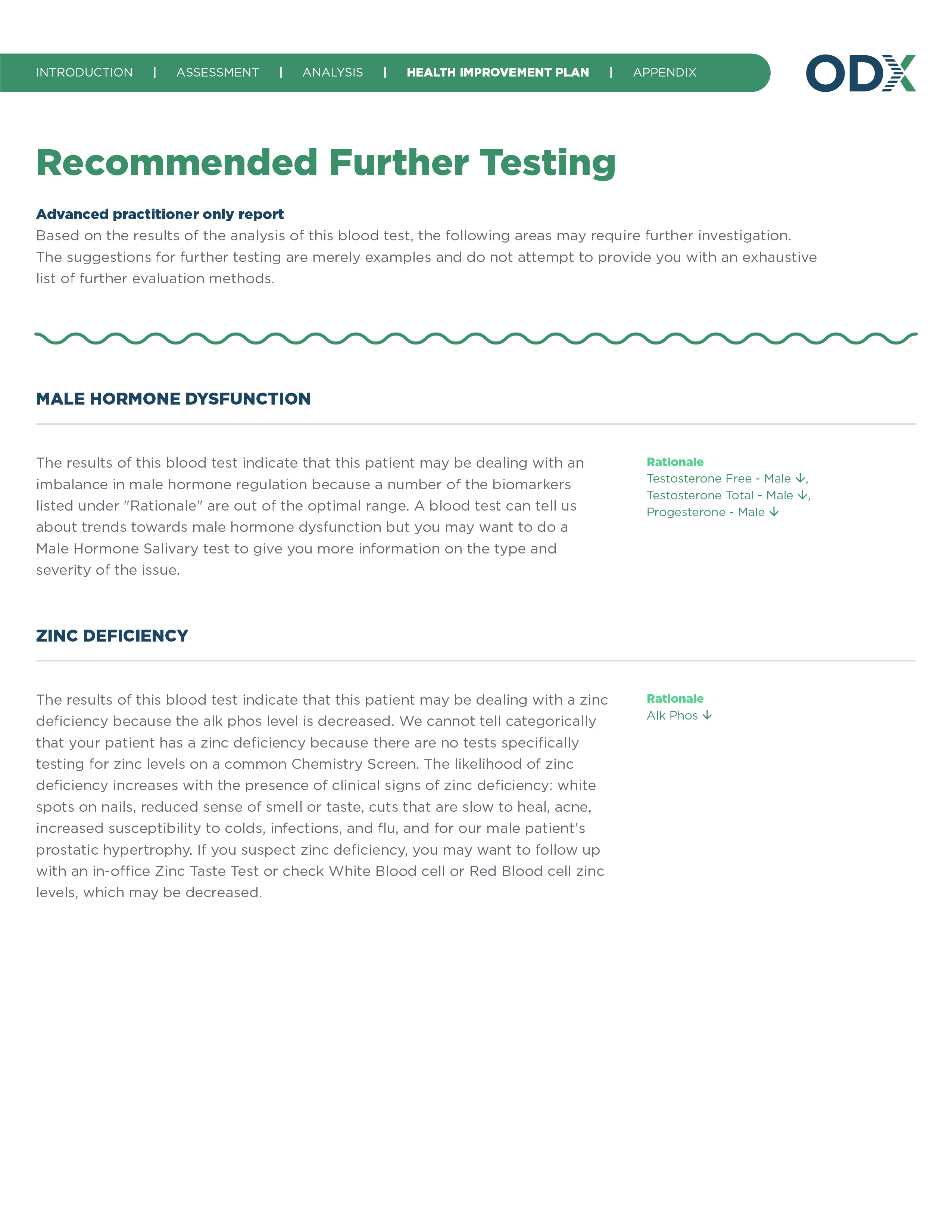
If the Optimal DX Software platform detected any likely areas of dysfunction, this report will automatically suggest areas that could benefit from future lab tests.
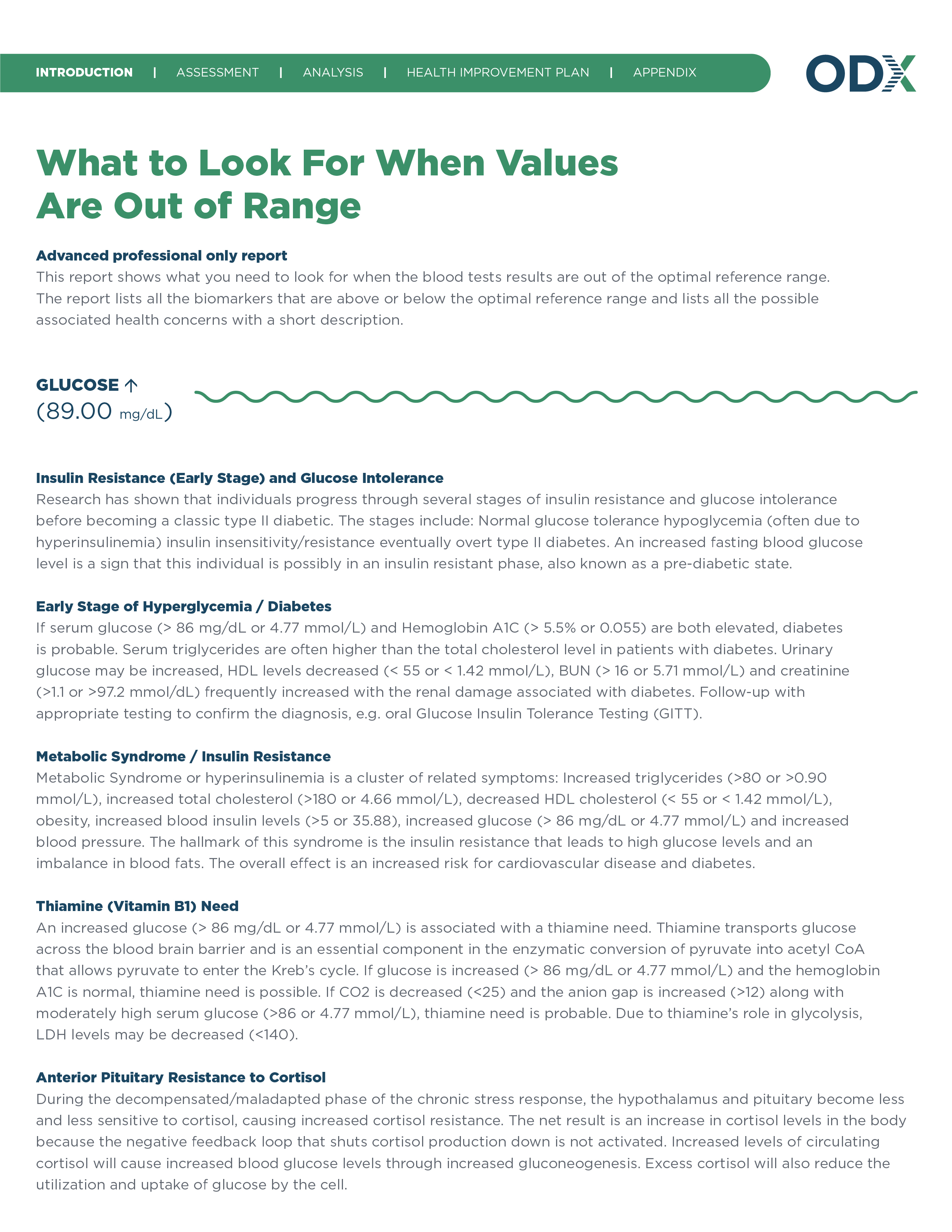
This report calls out important health concerns to watch for when certain biomarkers are out of range. Using it, practitioners can gain an overview of potential issues in their clients at a glance.

Provide a simple, easy-to-understand overview of the functional approach to blood chemistry analysis to your clients. With the right context, clients will more clearly see the value of their Functional Health Report.

Introduce the modules in the Functional Health Report so your clients can easily interpret and digest the information contained within.

Contextualize the Functional Health Report so that you or other practitioners are equipped with the knowledge to interpret its information.

Add your own notes to deliver alongside the Functional Health Report to your clients. You can call out important information, detail your recommendations, explain the report further or add any information you feel is relevant to your clients’ health journey.

Now that you’ve received your clients’ blood test results, it’s time to review them with a functional lens. This report lists the results of the clients’ tests and whether or not a given biomarker is outside of the optimal range or lab range.

How does a client’s most recent blood biomarker profile compare to a previous one? This report calls out major areas of change between two lab tests.

Using this report, you can quickly view which biomarkers scored farthest from the median on your clients’ blood test as expressed as a percentage score.

Take a broader view of your clients’ progress over time using the Blood Test History report. This report shows the past 6 blood tests side by side, graphing biomarker change over time

Easily view all of the biomarkers out of their optimal ranges at a glance. Using the Optimal DX Software platform’s built-in functional blood chemistry information, your clients will gain a brief description of why each biomarker might be elevated or decreased.

View an algorithmically derived assessment of dysfunction risk for each major functional body system — such as the immune, cardiovascular and others — based on the data from your clients’ latest blood test results.

View an algorithmic analysis of the probability of dysfunction for each accessory functional system — such as inflammatory, acid-base and others — based on the data from your clients’ latest blood test results.

Using the results of your clients’ blood test, see the likelihood of dysfunction based on their overall macronutrient status and their individual dietary domains, like vitamin, mineral and protein intake, digestion, absorption, assimilation and cellular uptake.

Dive deeper into your clients’ individual nutrient needs to determine whether there is dysfunction related to the intake, digestion, absorption, assimilation and cellular uptake of nutrients based on the blood biomarker levels detected in your clients’ most recent blood test.

The Clinical Dysfunctions report provides detailed descriptions and explanations of the major areas of concern surfaced by the analysis. It includes all biomarkers involved in the likely dysfunction, the reason why dysfunction is likely with this pattern of biomarkers and recommended future tests.

The Health Concerns report gives you an insight into the top areas of concern that need support. Each major area links to a detailed description and individual explanation of why it's an area of concern.

If the Optimal DX Software platform detected any likely areas of dysfunction, this report will automatically suggest areas that could benefit from future lab tests.

This report calls out important health concerns to watch for when certain biomarkers are out of range. Using it, practitioners can gain an overview of potential issues in their clients at a glance.
Learn how to provide Functional Blood Chemistry Analysis at your practice from the experts at Optimal DX. In our FBCA Mastery Training, Optimal DX’s Dr. Dicken Weatherby will walk you through everything you need to know about Functional Blood Chemistry Analysis in a 12-week course.
Hear how our customers have transformed their practice with the Optimal DX Software platform.
“The ODX Blood Chemistry course with the certification option was hands down one of the best courses that I have ever taken. I have over 16 certifications and counting and this was top 3 hands down. It packs some much applicable information into 12 weeks that by the time that you are done, it will significantly elevate your blood chemistry analysis skills.”
Travis ZipperFounder of Wellfitz Mentorship
White Paper
Read our white paper"What Is Optimal - Striving for Optimal Blood Chemistry Results and Optimal Health". At the heart of this whitepaper is a thorough review of the ways standard reference ranges are established and why optimal ranges work better for the Functional Medicine practice. To demonstrate this concept of optimal ranges we review 6 representative biomarkers: Glucose, Homocysteine, Iron, TSH, Vitamin D and Magnesium.

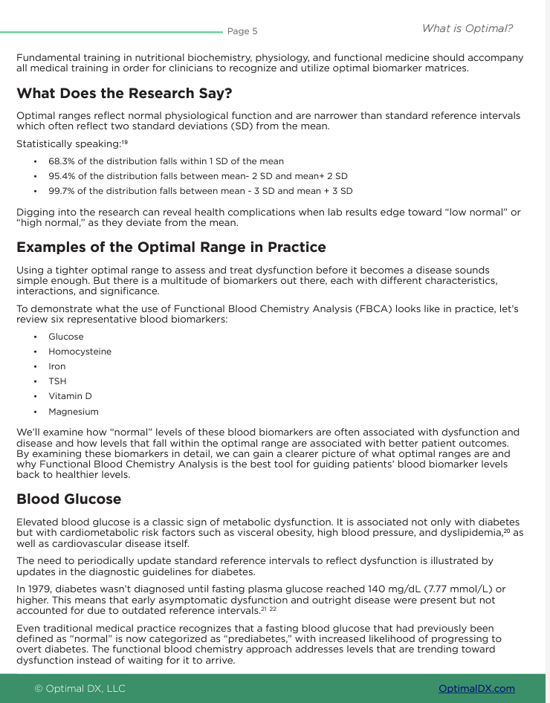
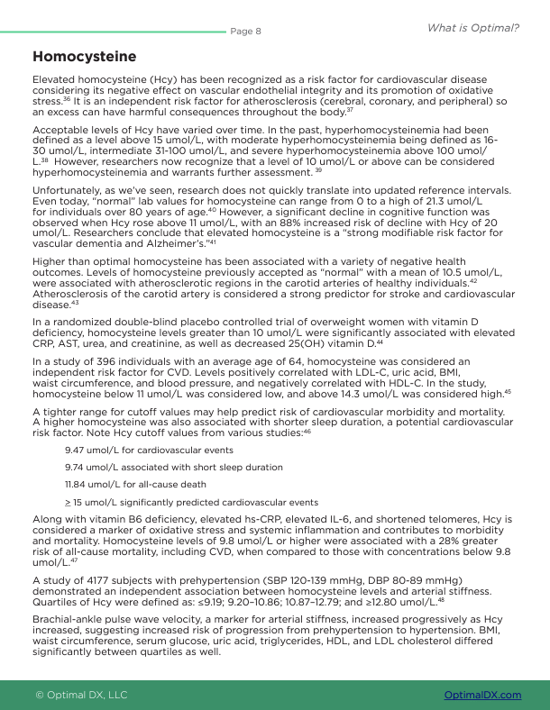
Guide
Read Optimal DX's insider guide to blood biomarkers — an informative introduction to Functional Blood Chemistry Analysis, commonly analyzed blood biomarkers and their relationship to dysfunction.
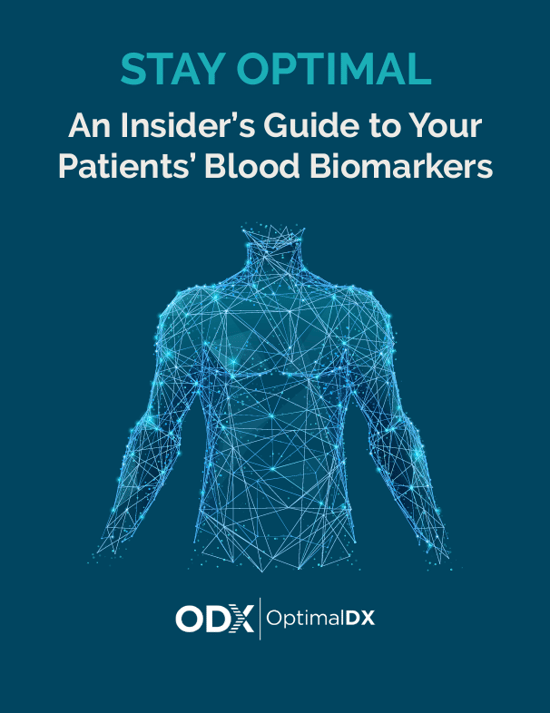
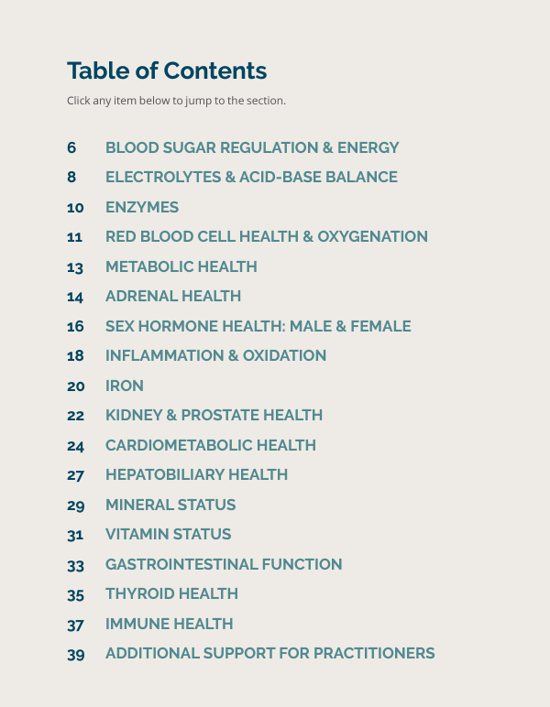
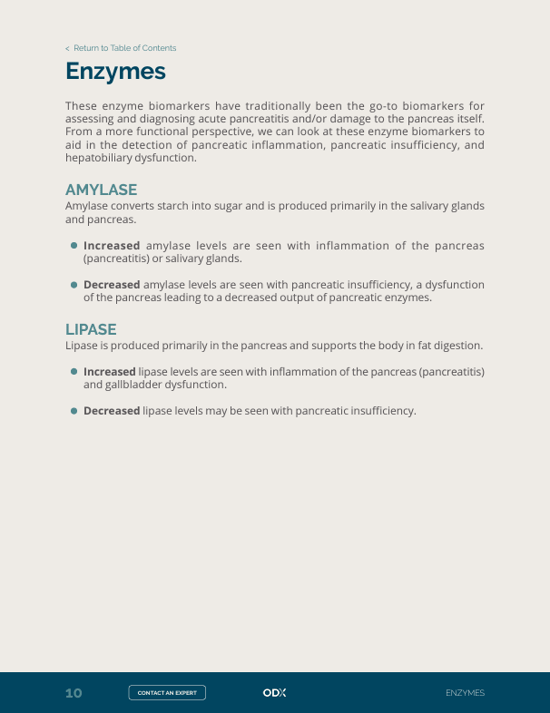
Guide
Interested in Functional Blood Chemistry Analysis but don't know how to start? This guide walks you through setting up FBCA in your practice.
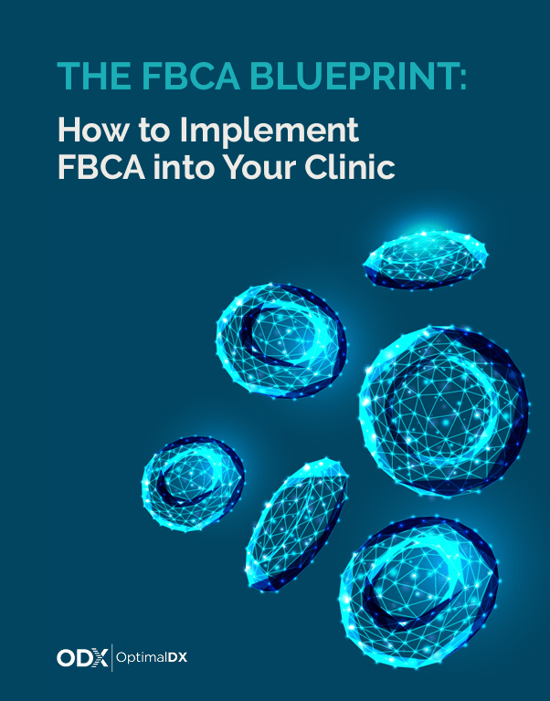
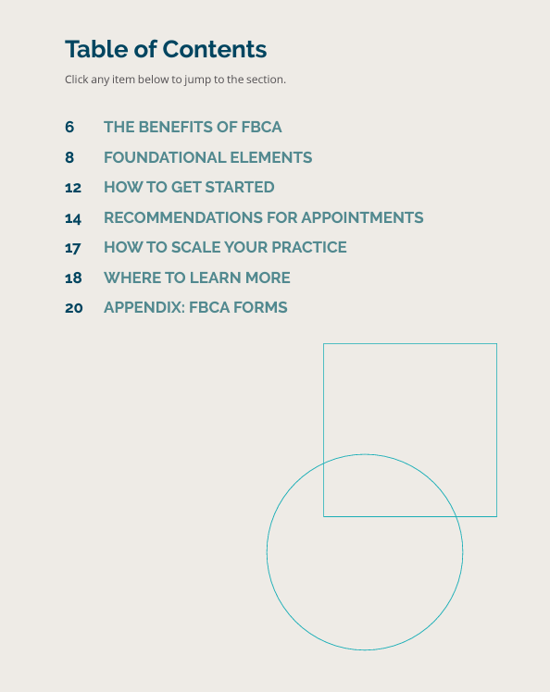
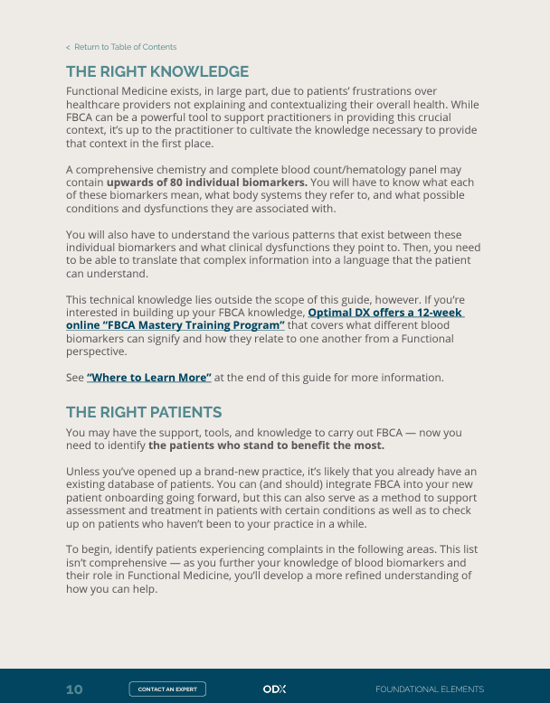
Training
Learn Functional Blood Chemistry Analysis from Dr. Weatherby, earn Continuing Education credits and get certified in this transformative assessment technique.



White Paper
Read our white paper"What Is Optimal - Striving for Optimal Blood Chemistry Results and Optimal Health". At the heart of this whitepaper is a thorough review of the ways standard reference ranges are established and why optimal ranges work better for the Functional Medicine practice. To demonstrate this concept of optimal ranges we review 6 representative biomarkers: Glucose, Homocysteine, Iron, TSH, Vitamin D and Magnesium.


